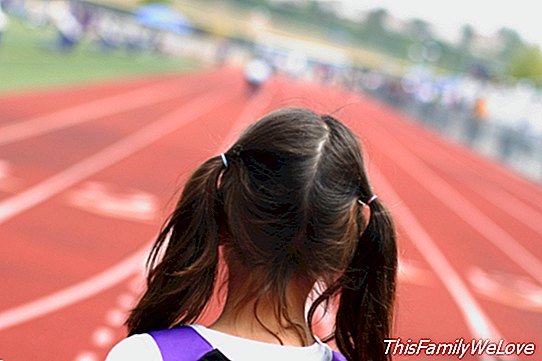Resilience, what it is and how to improve it according to the AEP
There are many qualities and virtues that parents should empower in children. Some are more known than others, but all important and among them is the resilience, a new term for many, that It is characterized by a positive attitude which helps overcome difficulties and stress situations. Encouraging this skill in children, since they are small, can be very interesting for their future.
What is resilience and what is it for? Keys of the AEP
As expressed by the Spanish Association of Pediatrics, AEP, resilience refers to the ability of human beings to face difficulties. This ability seems to have no limits. In short, it is a positive attitude that allows you to adapt and overcome difficult situations that are encountered throughout life. The term resilience comes from physics and refers to the ability of a body to withstand shocks, adapt to stress and recover from both.
Resilience can be used to cope with adversity, maintaining a positive attitude, with perseverance, which allows the person to adapt and cope better with situations of strong and prolonged stress. In short, this quality allows the impossible to maintain a good attitude in these cases and emerge stronger from adversity.

Resilience finds its best bases in the following points:
1. Affective connections who form the closest circle. Encouraging these ties increases self-esteem.
2. Trust the decisions that are made and in the acts that are done to reach the goals.
3. Maintain hope and select positive memories. Always try to make peace with the past.
4. Choose reasons to live, clear, concrete and simple.
How to build resilience in children
Resilience can help us a lot in our day to day and it is a quality that can be worked so that adversities do not end with our spirit and we can emerge strengthened. The AEP recommends these practices to favor the development of this attitude in children:
1. Use intuition to realize what is wrong or what needs to be fixed. To face these problems with realism and without denying the bad news, although without losing the hope that they will solve
2. Narrate, write and share problems with the closest and use these memories to improve the ability to cope.
3. Turn the page and end the adversity. Sometimes the best thing is to let time pass before problems that become too difficult and that escape our hand.
4. Humor by flag, Try to keep your distance with fear and anxiety.
Difficulties to develop resilience
In the same way, just as there are aspects that help to improve resilience, avoiding others also reinforce this ability to face difficulties. The AEP points out some of the things that hinder the development of this attitude:
1. Fear after the trauma, whether in the form of anxiety or as post-traumatic stress. These symptoms tend to be triggered by the slightest recollection of the situation that caused the adversity. Trying to allude as little as possible to those moments will help to overcome them.
2. Learned helplessness, by which it is believed that all behavior has no positive consequences. We must avoid thinking about what we do, the result will always be bad and believe in our abilities.
Damián Montero




